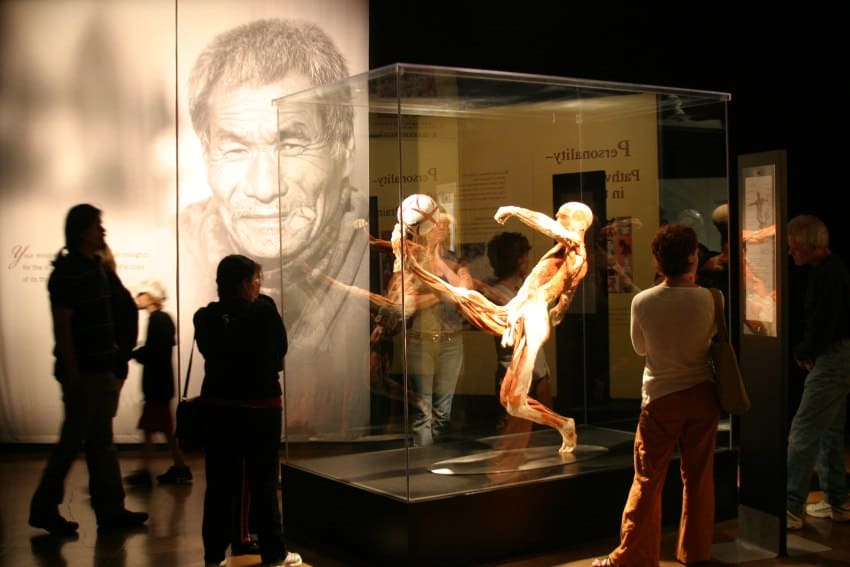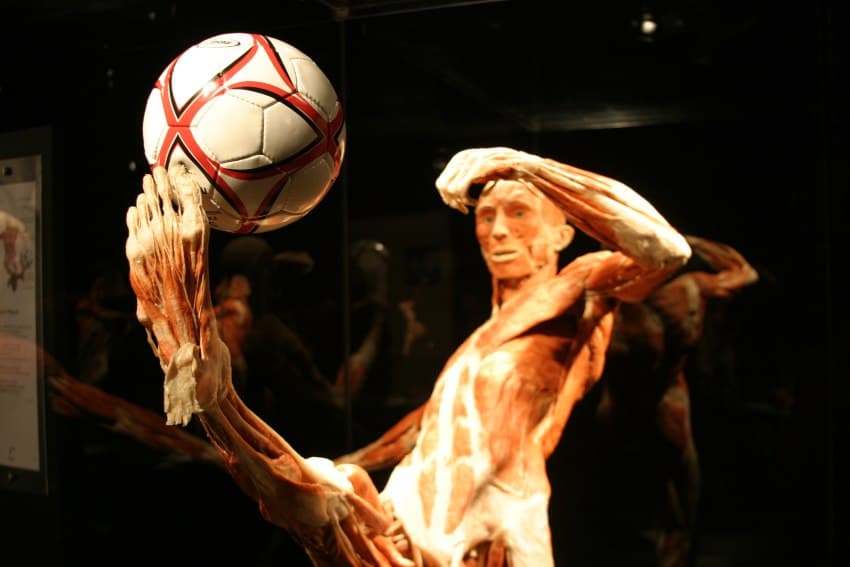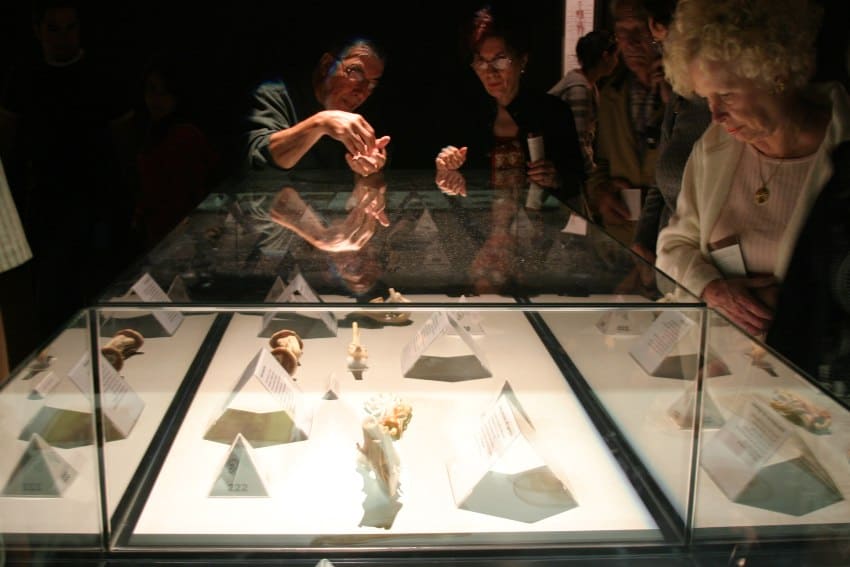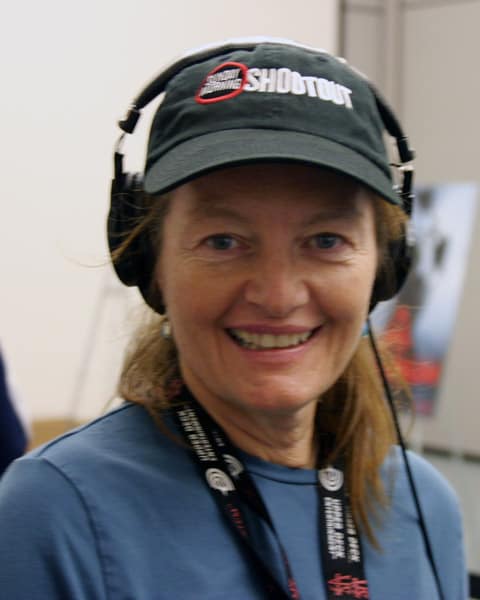A Stunning Glimpse Beneath the Skin:
The Morbid Magic of Plastination at Body Worlds
By Patty Mooney, San Diego Video Producer and Curious Human Being
A few years ago, I had the rare chance to photograph one of the most extraordinary—and controversial—scientific art exhibits to ever tour the world: Gunther von Hagens’s Body Worlds. When it landed at the San Diego Natural History Museum, I was ready with my camera and my curiosity dialed up to eleven. The photographs I took during that visit are still among the most popular images on my Flickr page. That tells me one thing: people are fascinated by the human body, especially when it’s peeled open like a pomegranate to reveal its inner workings.
What Is Plastination, Anyway?
Plastination is a preservation process invented by Dr. Gunther von Hagens in 1977. In short, it replaces the water and fat in tissue with polymers—essentially turning formerly squishy organs and limbs into clean, odorless, rubber-like forms. The result? A body that can be sliced, posed, and displayed for public education. It’s a marvel of science that lets us look—without flinching—at the parts of ourselves we usually ignore.
At the San Diego exhibit, I stood face-to-face with a gymnast, a soccer player, a pregnant woman, a yogi master, and even a fetus—each carefully plastinated and posed mid-motion, skin artfully flayed back like a Renaissance dissection. These figures didn’t feel like corpses. They felt like monuments to human potential, both fragile and awe-inspiring.
Educational, Controversial, and Absolutely Unforgettable
One of the most sobering displays was a set of smoker’s lungs, shriveled and blackened like burnt toast. Nearby was a transparent lattice of red: the capillaries of a human head, painstakingly injected with colored polymers. There were hearts, livers, brains—a catalog of human anatomy you rarely get to see outside of a textbook or a morgue.
Yes, it was morbid. Yes, it was controversial. But it was also deeply educational.
Beware of Knockoffs: “Bodies” vs. Body Worlds
A word of caution to anyone intrigued by the idea of attending a plastination exhibit: make sure it’s officially Body Worlds. The original show is ethically sourced, composed of human bodies donated with full consent. In fact, Michael Jackson reportedly wanted to donate his body to Body Worlds before his untimely death.
Contrast this with exhibits like Bodies, which have sparked outrage among human rights advocates. Many of those specimens may come from Chinese prisoners or unhoused people, whose bodies were never consented for public display. Spiritual and ethical questions abound. Where Body Worlds is science-meets-art-meets-respect-for-the-dead, Bodies often crosses the line into exploitation.
I would never step foot into a knock-off show built on stolen lives. You get to decide for yourself—but make that decision with your eyes wide open.
Final Thoughts
Whether you’re an artist, a scientist, a philosopher, or just someone with a deep sense of wonder, Body Worlds will shake you up. It invites you to confront mortality, celebrate biology, and ponder the soul’s place within the flesh. And if you’re lucky enough to attend, don’t forget your camera. There’s nothing quite like a photo of The Thinker, plastination style, to remind you of what lies beneath your own skin.
Patty Mooney is a Vice President and Video Producer at award-winning San Diego video production company, Crystal Pyramid Productions.





